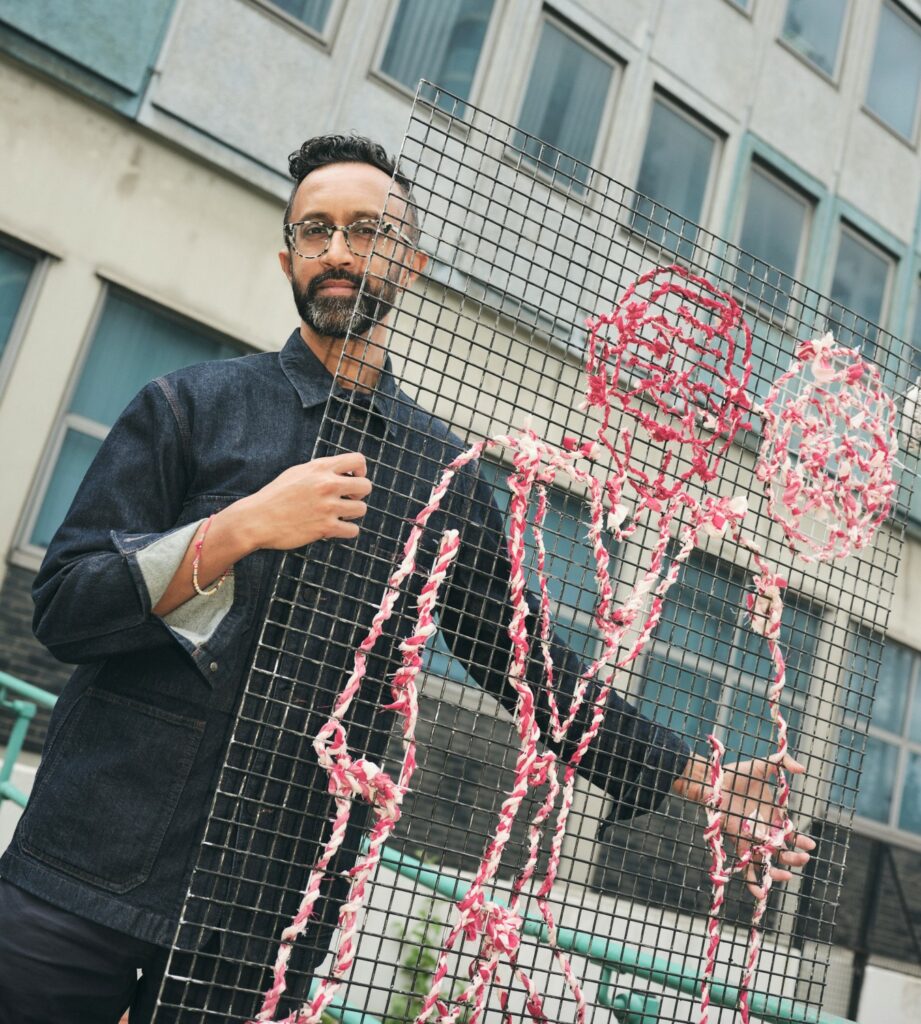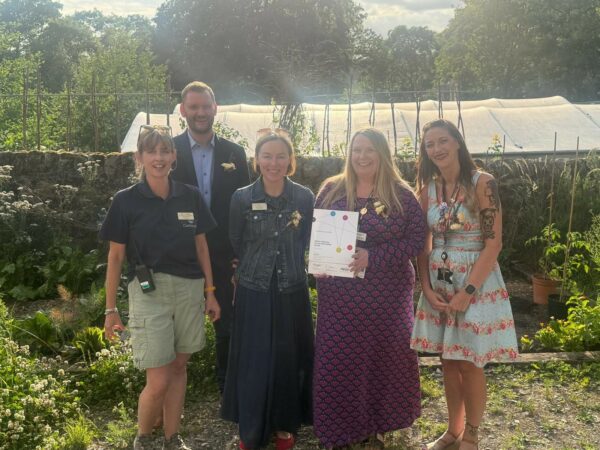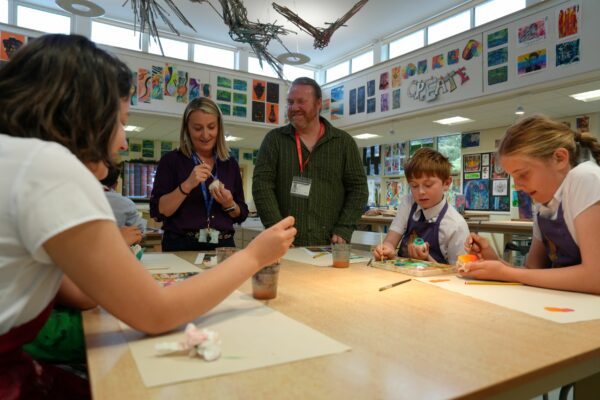Latest News | 27 June 2022
Mills artwork to honour cotton industry’s forgotten workers

A new artwork by an award-winning British artist, which commemorates forgotten workers from the cotton industry, is due to be unveiled at Cromford Mills.
Cotton Labour, a large-scale sculpture of symbolic portraits woven from yarn, has been created by Hetain Patel, as part Arts & Heritage Meeting Point programme.
Due to go on display from Saturday 16 July, it will remember workers that were crucial to the success of Sir Richard Arkwright’s cotton spinning mills during the Industrial Revolution and depict the local women and children that formed the majority of Cromford Mills’ labour force.
The artwork will also honour the enslaved labour of the wider cotton industry and members of Hetain’s own family who picked cotton in Kenya and India.
Hetain said: “Sir Richard Arkwright is remembered today as one of Britain’s great industrialists, and his legacy is celebrated at Cromford Mills.
“In contrast there are no surviving records of the mill’s workers, the people responsible for much of Arkwright’s success.
“Cotton Labour is about shining a light on the hundreds of forgotten workers that helped build the cotton industry in Britain, many of them women and children.
“It’s also a reminder of the enslaved labour involved in the wider cotton industry.”

Cotton Labour is a series of large-scale symbolic portraits woven into a mesh structure using yarn from donated clothing, textiles and materials.
Hetain worked with members of the local community to create the yarn and build the portraits, which depict women and children from Arkwright’s pioneering water-powered cotton spinning mill, the enslaved labour involved in the wider cotton industry, and members of Hetain’s own family.
Displayed using a round, mesh sculpture, audiences will be able to view the portraits from both outside and within the sculpture.
Hannah Steggles, head of heritage at Cromford Mills, said: “While Sir Richard Arkwright is considered to have been a fair employer, life inside Cromford Mills was still extremely hard.
“People worked 13-hour days, six days a week. Each and every worker played a part in the mill’s success, but we have no surviving records showing who they were.
“Hetain’s work gives us the opportunity to remember the people behind the success of Britain’s cotton industry and reflect on an important part of Cromford Mills’ history.”
Cotton Labour will be on display at Cromford Mills from Saturday 16 July until Sunday 18 September.
For more information, visit www.cromfordmills.org.uk.


